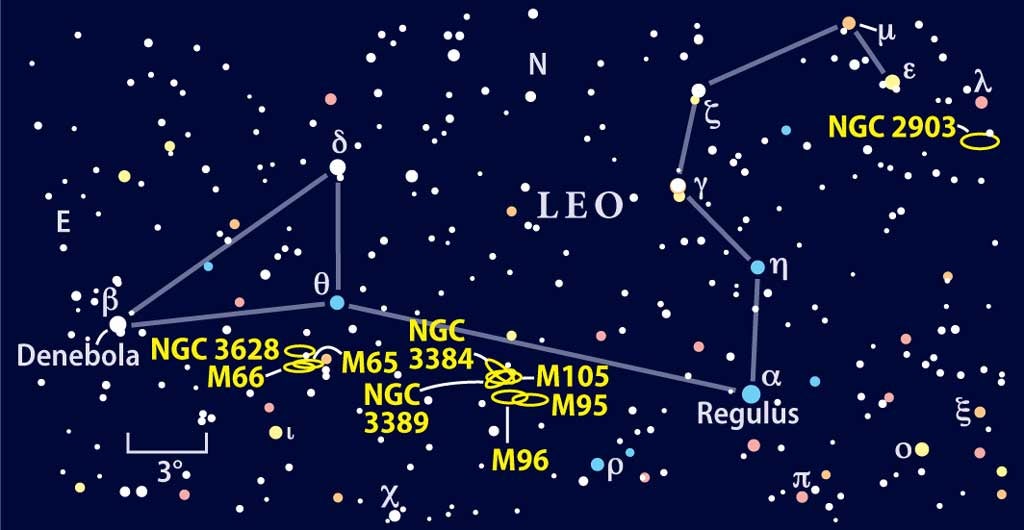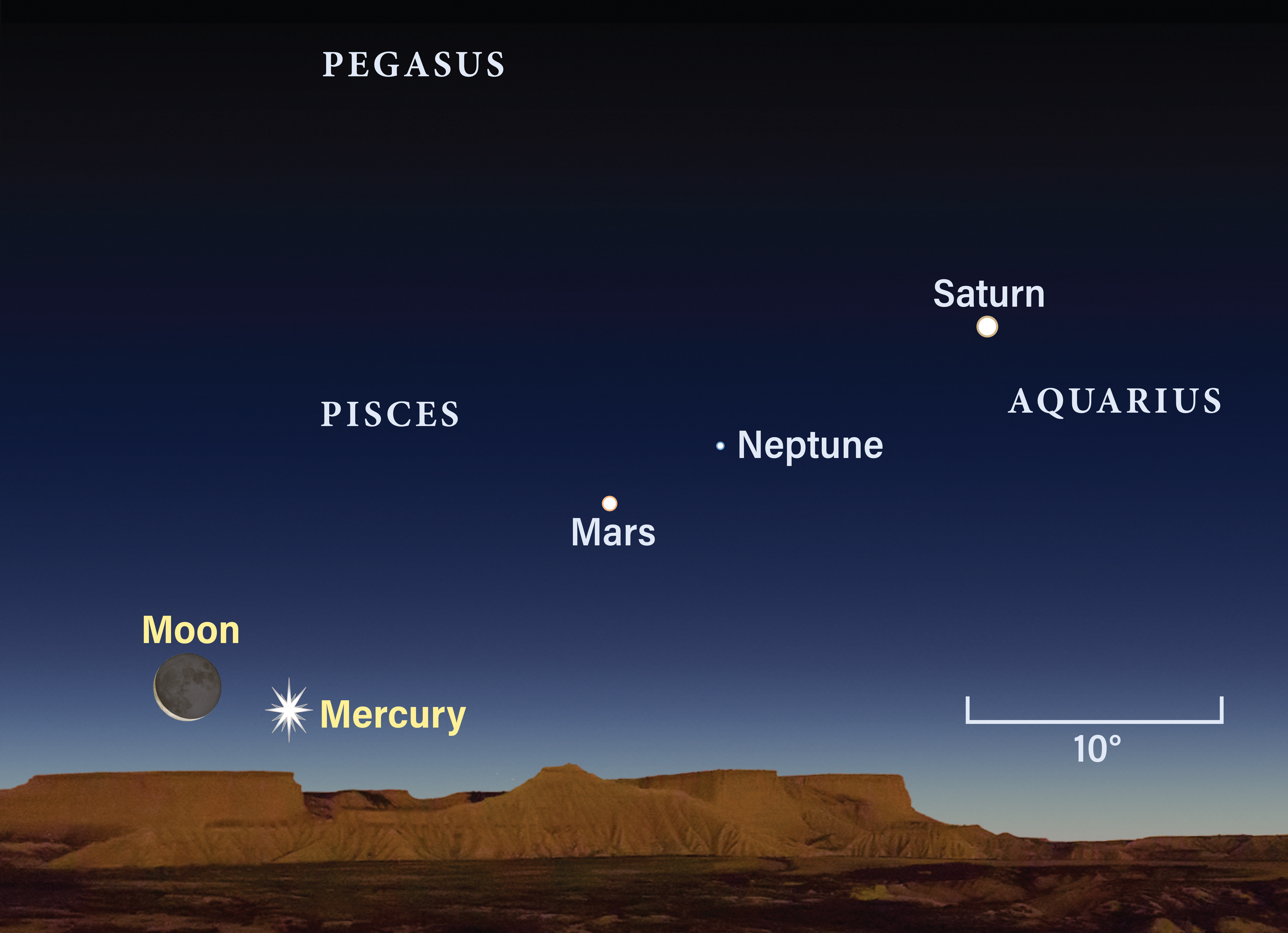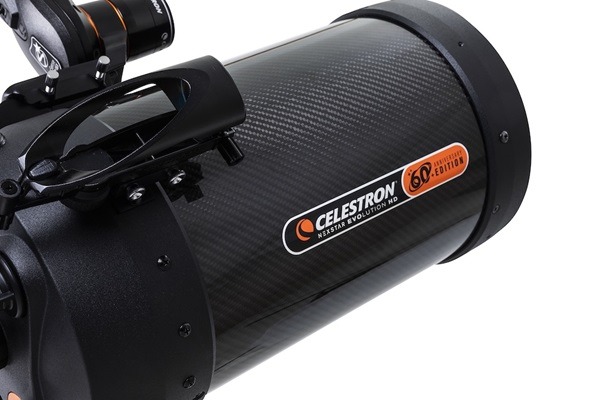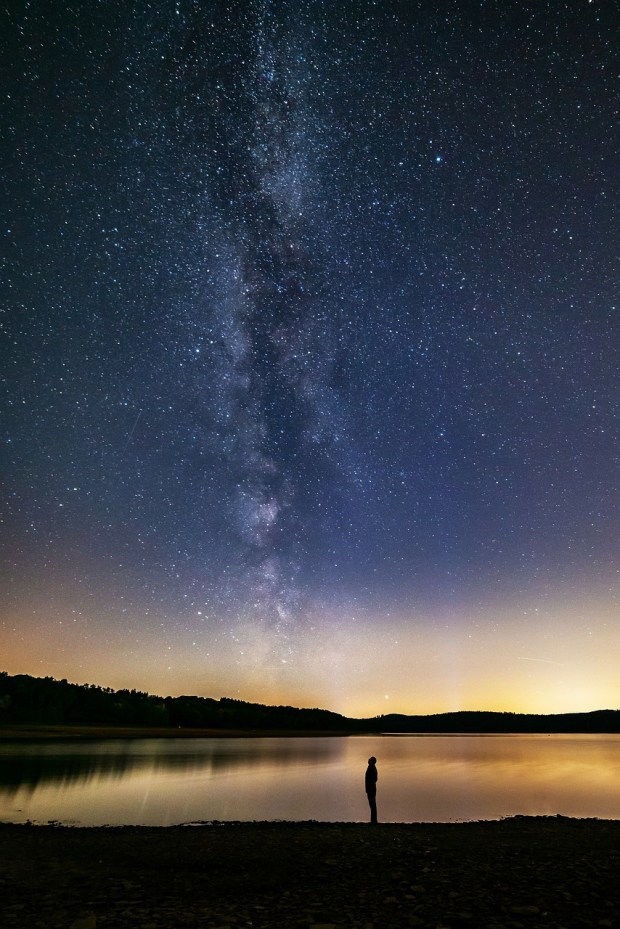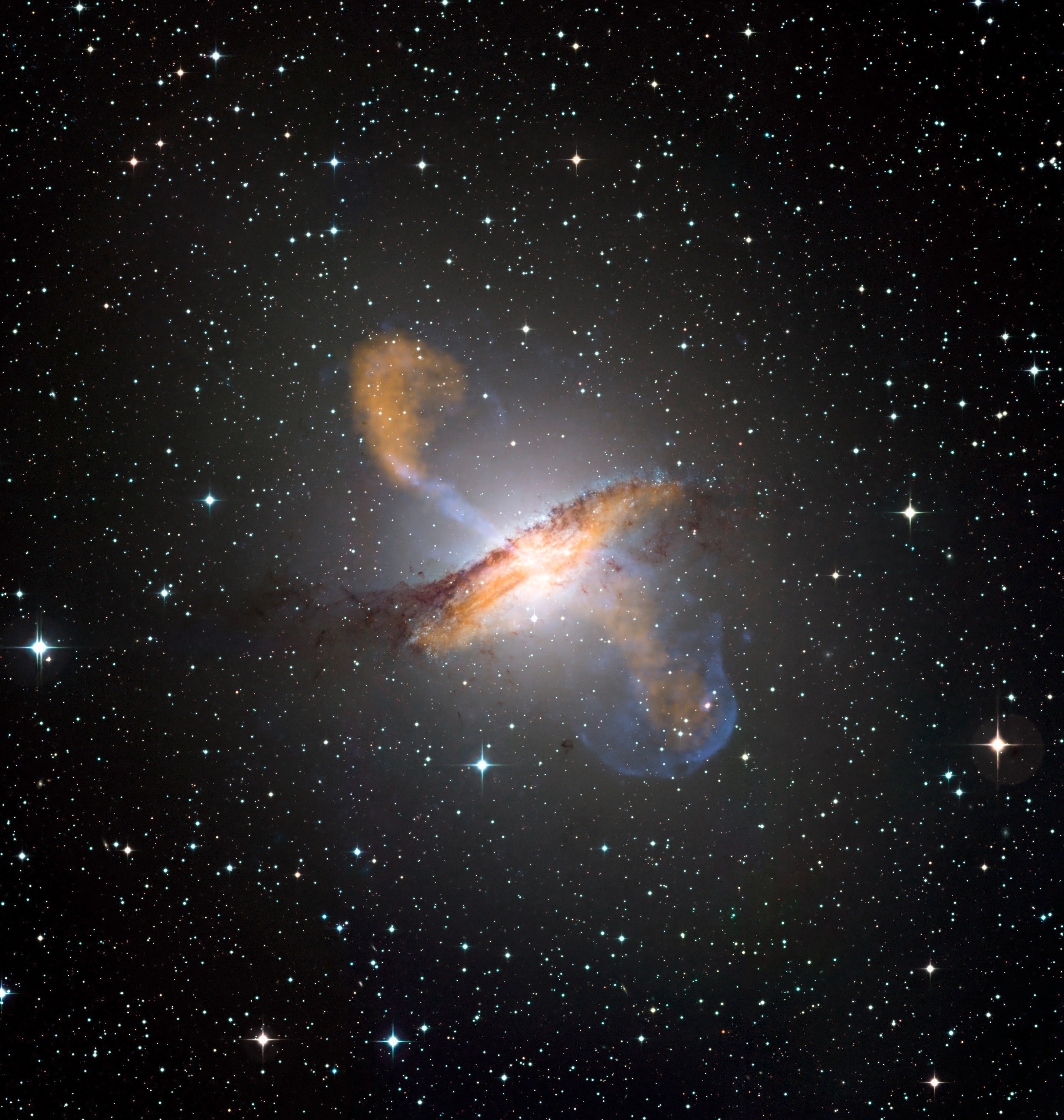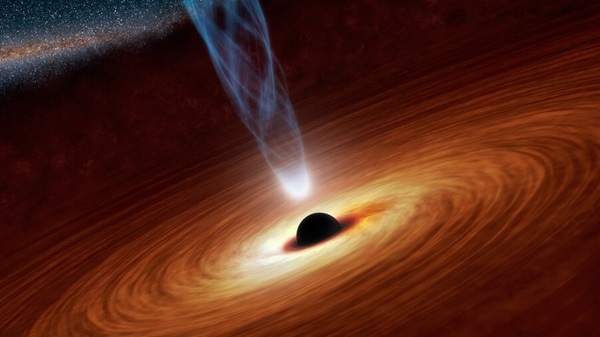You can increase your odds of capturing these star cities by following some simple guidelines. After setting up in a dark-sky location on a clear moonless night, allow about 15 minutes for your eyes to adapt to the dark. Locate each galaxy with a low-power sweep before switching to higher magnification for a detailed view. Take your time! The phrase “faint fuzzies” aptly describes the initial appearance of most galaxies. You’d be surprised at how much detail you can tease out if you spend some 10 minutes studying a galaxy.
And finally, take advantage of averted vision to discern faint objects. If you can’t see a star or deep-sky object directly, turn your gaze slightly to the side. The light will encounter a more sensitive part of the retina, rendering the invisible visible.
Our Leo voyage begins with the spiral galaxy NGC 2903. A Messier catalog shoulda-been that somehow eluded the comet hunter’s eye, this star city was eventually discovered by William Herschel in 1784. NGC 2903 is a viewer-friendly galaxy. Located 1.5° south of Lambda (λ) Leonis, it’s bright enough for you to glimpse with small-aperture instruments.
In my early years as a backyard astronomer, I spotted this 9th-magnitude spiral through a 3-inch reflecting telescope and magnifying power of just 30x. Recently, I returned to NGC 2903 armed with a 10-inch Dobsonian. After picking up its oval form with a low-power eyepiece, I switched to 200x. At this magnification, I could make out a bright nucleus and (with averted vision) hints of detail in the outer arms.
The elliptical galaxy M105, less than 1° north and slightly east of M95 and M96, is midway in brightness between the two and lies near the slightly fainter spiral galaxy NGC 3384. A fifth galaxy, the 12th-magnitude spiral NGC 3389, forms a tight triangle with M105 and NGC 3384. It’s the most challenging of this month’s galactic offerings. With averted vision under dark skies, I can barely glimpse it with a 4.5-inch reflector. Even through the 10-inch, it has a ghostly glow.
Our final port of call takes us to the Lion’s hindquarters, home of the Leo Trio. Theta again will serve as a guide star, this time in partnership with Iota (ι) Leonis. A low-power telescope search midway between them will pick up two Messier galaxies. The more westerly is M65; its partner to the east is M66. These 9th-magnitude spirals appear somewhat elongated through my 3-inch reflector. Viewed with the 10-inch scope, M66 seems more centrally concentrated.
Completing the Leo Trio is the edge-on spiral NGC 3628, situated 1° north of M65 and M66. According to most deep-sky catalogs, this galaxy is 0.5 magnitude fainter than M66; however, the difference seems greater. That’s because NGC 3628 is longer than its neighbors, spreading its light over a larger area.
Galaxy hunting is an exciting activity, especially when done with a small-sized telescope. Imagine: a cosmic entity that’s tens of thousands of light-years across, tens of millions of light-years distant, and home to hundreds of billions of stars, yet captured with nothing more than a telescope whose diameter is measured in inches or centimeters!
Questions, comments, or suggestions? Email me at gchaple@hotmail.com. Next month: Sulu, take us to the Virgo cluster, warp factor 5! Clear skies!


